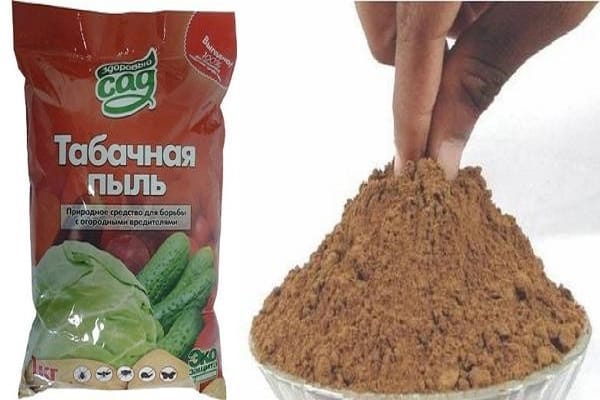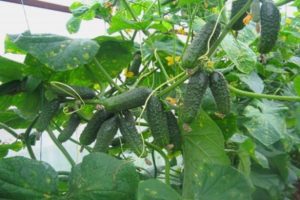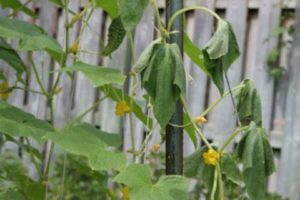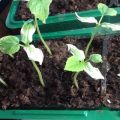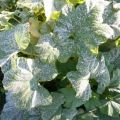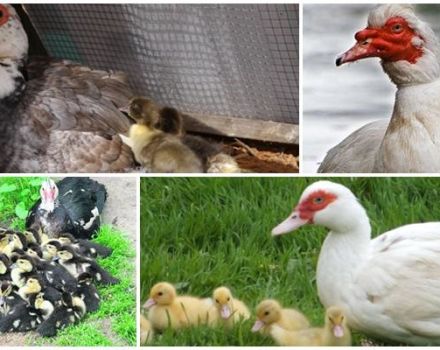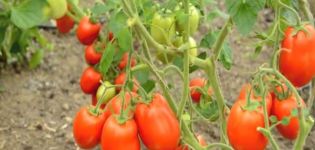The use of tobacco dust for cucumbers, can you sprinkle
Using tobacco dust, you can save your favorite cucumbers from a whole range of pests. More and more gardeners prefer to conduct organic farming. People get good harvests of crops without the use of chemical compounds.
Before the development of the era of mineral fertilizers, peasants had accumulated rich experience in growing vegetables and fruits. Manure and ash were used as top dressing. They got rid of pests with infusions and decoctions of cultivated and weed plants.
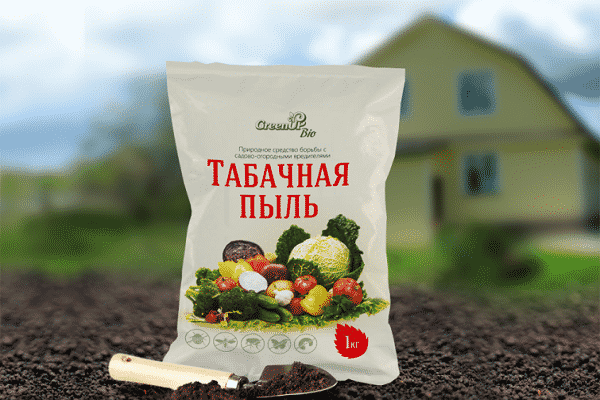
Tobacco is an ancient plant. In warm regions, it is planted in large quantities. Industrial waste (dust, crushed parts of stems and leaves) was buried in the soil. This disinfected her and fertilized her at the same time.
Over time, the peasants began to use the toxic properties of the plant. They sprayed crops and pollinated the soil. Modern gardeners are actively using the experience of their ancestors.
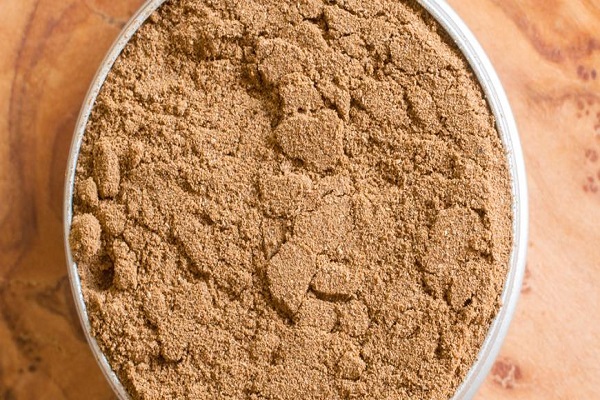
Beneficial features
The use of tobacco dust for cucumbers is due to its composition. It consists of nitrogen (up to 5%), phosphorus (up to 2%), potassium (up to 3%), nicotine (up to 1%). As a fertilizer, it is used in a mixture with other components (manure, urea, ash). Advantage - the dust is well absorbed by the plant roots.
Much more interesting is toxic nicotine. It defines the use of the powder as a natural insecticide. The gardener will be able to protect the cucumber plantings from many pests. This does not damage the environment. The fruits can be eaten immediately after dusting.

Aphid
This insect, up to 1.5 mm in size, affects greenhouse plants and plants planted in open ground. But her invasion turns out to be dangerous for cucumbers. Black or green sap-sucking parasites drain the bushes. Fruiting stops. The ovaries fall off. Young plants die.
To cope with the problem, tobacco powder will help. Gardeners prepare an infusion or decoction from it and then spray the vines. Plant leaves should be processed from two sides: external and internal.
To obtain infusion, pour 400 g of dust with 10 liters of boiling water. Wrap up with a blanket. Withstand a day in a dark place. Stir once a day. Strain.
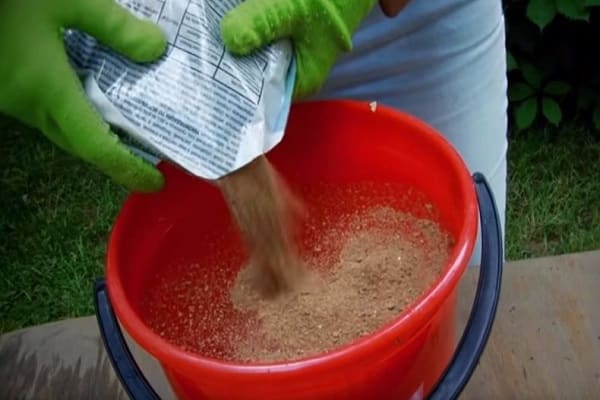
The broth is done as follows: pour 400 g of dust with 10 liters of cold water, cover, keep on fire for 1 hour, but do not boil, cool, add water to the original volume (10 liters), strain.
Before spraying with infusion or decoction of dust, the preparation should be supplemented with garden green soap (as recommended by the manufacturer) for better adhesion of the composition. If not, green soap can be replaced with grated laundry soap (72%).
Solution residue does not need to be discarded. It will perfectly enrich compost.Dried - used as soil mulch under plants.
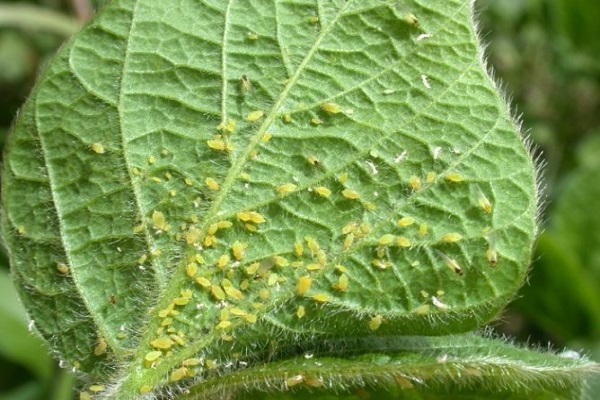
Ants
These pests build their homes in greenhouses and next to garden beds. They make moves under the roots of plants. Cucumbers are not getting enough nutrition. The yield is declining.
Tobacco dust rushes to the aid of the gardener. It is recommended to sprinkle it abundantly on the habitat of ants. The measure is effective for controlling black ants.
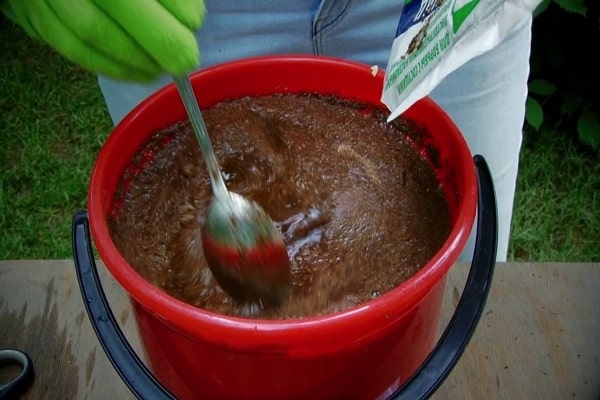
Spider mite
Juice-sucking pest. Loves warmth and dry air. If the temperature and humidity conditions are not observed, it affects melons planted in a greenhouse.
When small through dots appear on the leaves, it is time to spray the plantings with infusion or decoction of tobacco dust. A single treatment will not destroy spider mite eggs: it is recommended to repeat the treatment after 5–7 days.
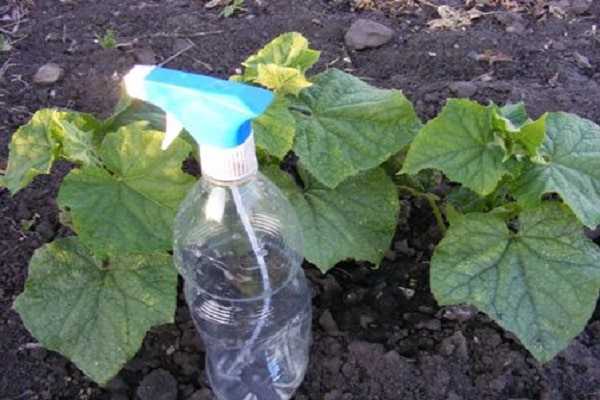
Whitefly
Harmful to greenhouse cucumbers more often. It feeds on sap, depletes plants. Sometimes it stops flowering. Gardeners use tobacco dust fumigation of plantings. Procedure:
- Plug up all the cracks in the greenhouse, close the vents.
- Fill a baking sheet or roasting pan with rotten wood chips or damp wood. This is important to keep the combustion temperature low.
- Place in a safe place. The frypot should not be near wood or plastic parts. The smoke should not burn the plants.
- Spread a layer of dust 5–7 cm thick on top. Set it on fire.
- Leave the room, close the door.

Dust the plants in the evening. Leave the greenhouse closed until morning. After airing, all that remains is to remove the dead insects. When fumigating large rooms, use several ovens with tobacco dust.
Sprout fly
Hibernates in plant debris. In May, it begins to actively parasitize. An adult fly lays eggs. They hatch into larvae. The contents are sucked out of the seedling stems. The development of cucumbers slows down. Weak plants die.
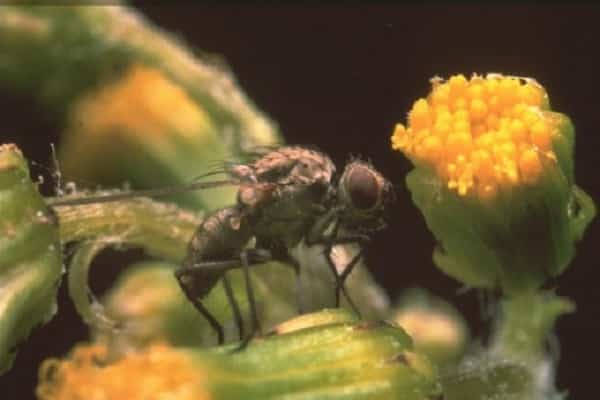
You can defeat the enemy if you dig up dust scattered on the beds in early spring. Before planting, you should spill the bed with hot infusion or a decoction of a natural insecticide. For prophylaxis, it is recommended to remove plant residues in the fall or carefully embed them in the soil.
Slugs
During the day they hide under plant debris, boards, pieces of roofing material. In the dark, they eat green parts of plants and fruits. To get rid of them, it is recommended to sprinkle a continuous thick layer of dust mixed with ash or lime around the bushes in the evening. Slugs are burned when crossing the obstacle course and die. It is recommended to renew the fence around the plants every evening.
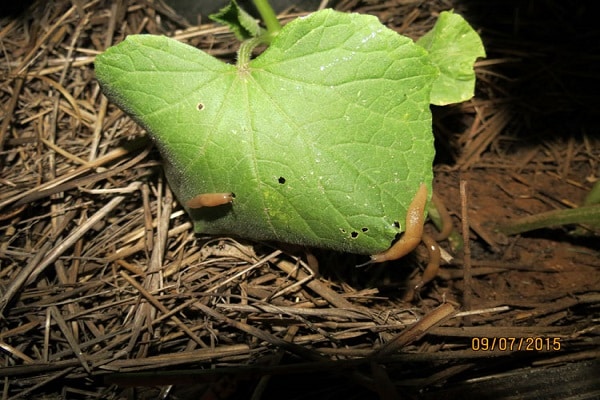
For prevention, it is recommended to lay boards around the garden. Keep the soil underneath moist. Raise shellfish shelters and collect pests during the day.
Cucumber mosquitoes
Parasites are grayish, 3-5 mm in size. It is difficult to determine their presence: they do not stand out in the soil. The female lays eggs on the surface of the ground. The larvae move to the stems, feed on plant sap. Additionally, they transfer infections to cucumbers. In a short time, they are able to destroy all plantings of cucumbers.
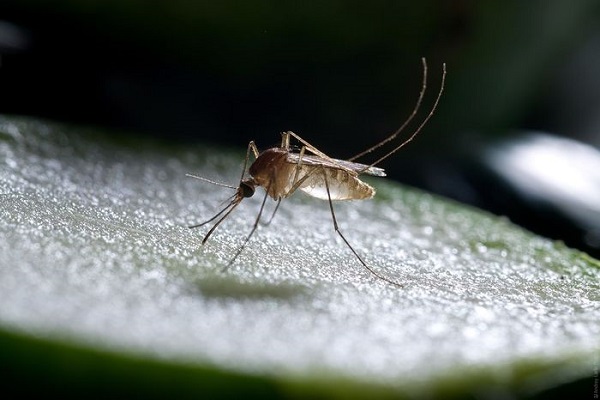
To get rid of the misfortune, during the spring digging, add tobacco dust (a glass per square meter). Before planting, it is recommended to spill the soil with hot infusion or a decoction of a natural preparation.
Several adhesive tapes should be hung in the greenhouse to determine the presence of pests. Once every 3-5 days, their surface should be examined to identify parasites. Then it is recommended to replace the traps.
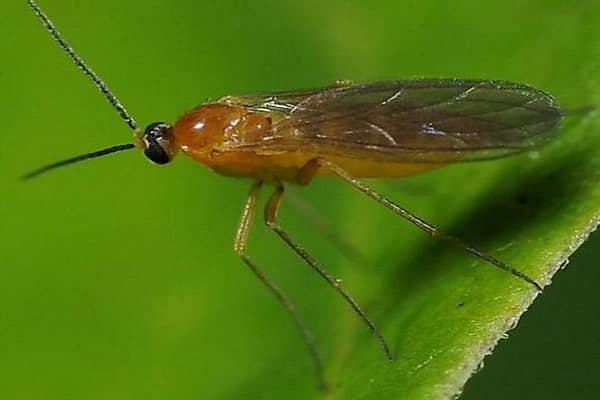
How to properly handle tobacco dust?
It is a natural insecticide. It has a certain toxicity. Causes skin irritation. Causes allergic reaction if inhaled. When working with it, you should observe safety measures:
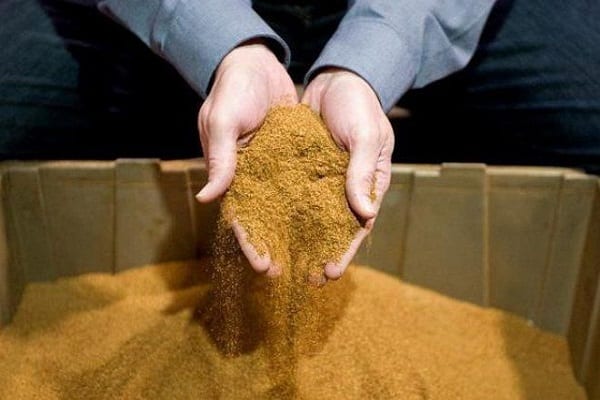
- it is required to dust the planting of plants in cloudy calm weather;
- when using it is recommended to wear a respirator and rubber gloves;
- when fumigating plants, it is forbidden to be inside the greenhouse;
- when spraying with infusion or broth, protective goggles should be worn.
In case of contact with skin, wash off with plenty of soap and water. In severe cases (redness, itching, hives), consult a doctor.
The insecticide repels pollinating insects. Treatment of beds with non-partenocarpic varieties and cucumber hybrids should be carried out before flowering.
